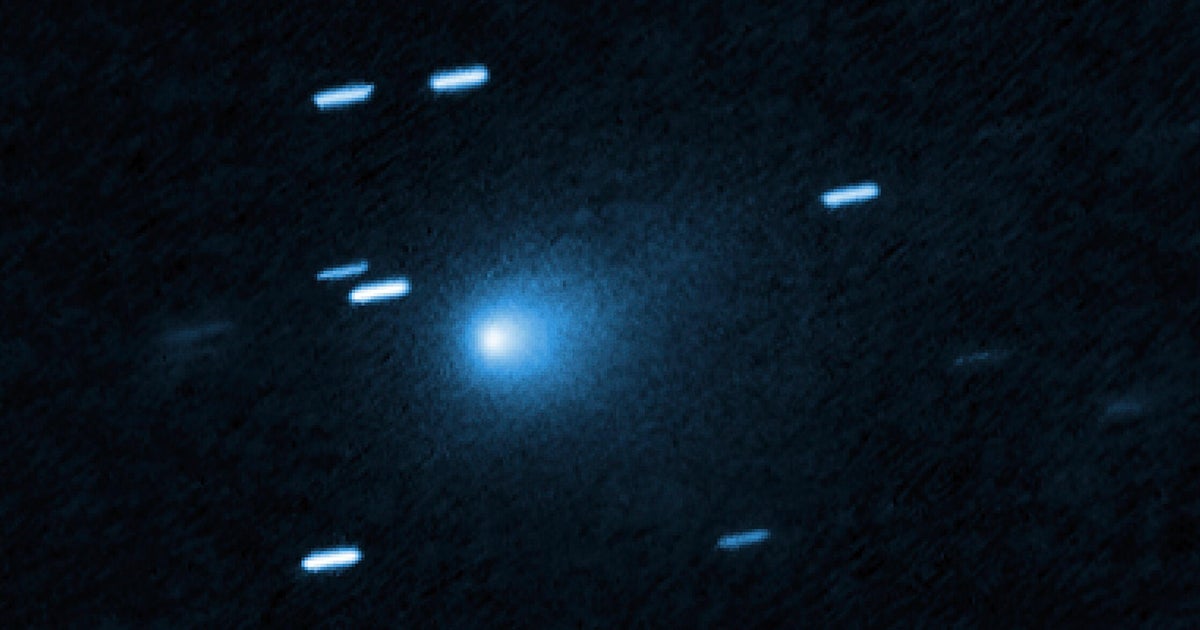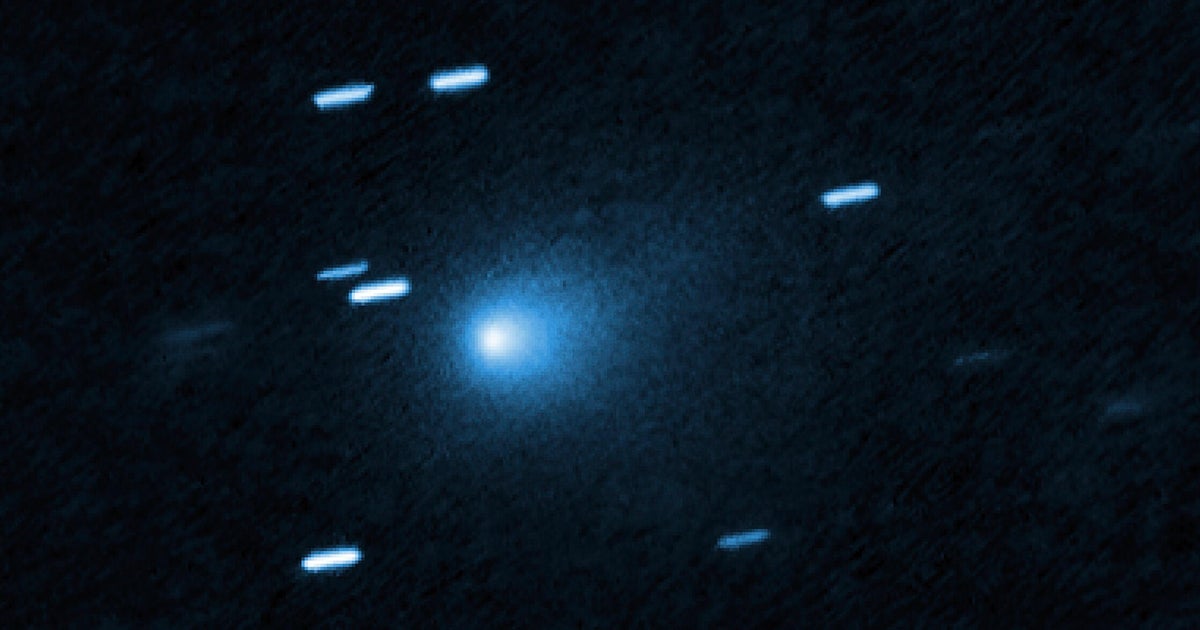
A Cosmic Intruder: Unraveling the Mystery of 3I/ATLAS
In the vast expanse of the cosmos, where celestial bodies dance in a perpetual ballet, a newcomer has graced our solar system. The Hubble Space Telescope, our tireless eye in the heavens, has captured stunning images of a high-speed comet, christened 3I/ATLAS, an interstellar wanderer hailing from a realm beyond our own. This celestial visitor, only the third known object of its kind to venture into our cosmic neighborhood, has sparked both scientific curiosity and the embers of speculation. Discovered in the previous month by a telescope in Chile, this comet has the scientific community abuzz with its unique characteristics and unknown origins. What secrets does it hold? Where does it come from? And what can it tell us about the universe?
As astronomers and space enthusiasts alike eagerly awaited further revelations, the first observations made by the Hubble Telescope provided the first glimpse of the comet’s true form, it was quite unexpected. Initially, estimates placed the comet’s icy core at several miles across. However, Hubble’s keen observations have refined this assessment, suggesting a diameter of no more than 3.5 miles, possibly even as small as 1,000 feet. Despite its relatively modest size, the comet’s velocity is anything but. At a staggering 130,000 mph, it hurtles through space, a silent, yet speedy, traveler in a galaxy far, far away. It will, however, safely bypass our home planet, offering a breathtaking, yet harmless, celestial spectacle.
The Tale of a Cosmic Traveler
The journey of 3I/ATLAS offers a fascinating tale of cosmic wanderlust. Originating from a star system light-years away, the comet’s path has been meticulously charted, revealing a trajectory that will bring it closer to Mars than Earth, ensuring a safe distance from both. When the Hubble telescope captured its image a couple of weeks ago, the comet was already 277 million miles away, a testament to the immense scales involved in the cosmic dance. The images revealed a teardrop-shaped plume of dust trailing the nucleus, adding an ethereal touch to its appearance. NASA’s projections indicate that the comet will reach its closest point to the sun in late October, passing between the orbits of Mars and Earth. After September, the comet will become too close to the sun to be observed, but it is expected to reappear by early December, allowing for continued study.
The object is named “3I” because it is the third interstellar object to be found, following 1I/’Oumuamu in 2017 and 2I/Borisov in 2019. These comets are quite dark and red, reflecting only about 5% of the sunlight that hits them, which is similar in reflectivity to asphalt. Unlike 1I/’Oumuamu, 3I does not change much in brightness as it rotates, indicating that it is more likely to be spherical. This information gives us insight into the origins of the comet. The Las Cumbres Observatory in Chile tracked the new interstellar on July 4, 2025, offering valuable image data.
Unveiling the Mysteries
As scientists from around the globe monitor this celestial visitor, the questions surrounding 3I/ATLAS continue to mount. The comet’s unique characteristics and behavior have ignited debates within the scientific community. Professor Avi Loeb, director of the Institute for Theory and Computation at the Harvard-Smithsonian Center for Astrophysics, has raised the possibility that this cosmic traveler could be alien technology. His perspective, fueled by the comet’s unusual features, has added a layer of intrigue to the ongoing investigation. Loeb emphasizes the need for rigorous scientific inquiry, urging researchers to collect as much data as possible. By carefully observing the comet’s movements, analyzing its composition, and searching for any artificial signatures, scientists can determine the true nature of this cosmic enigma. Will 3I/ATLAS reveal that it’s a comet, a piece of alien tech, or something else entirely? Only time and further exploration will tell.
The Future of Cosmic Exploration
The arrival of 3I/ATLAS presents an unprecedented opportunity to study an interstellar object up close. With advanced telescopes and the expertise of scientists, we can gain valuable insights into the formation of comets, the composition of the interstellar medium, and the potential for life beyond our solar system. As scientists continue to collect data, analyze the comet’s trajectory, and probe its secrets, the world waits with bated breath. Will 3I/ATLAS confirm our understanding of the universe or shatter our assumptions? Is it a messenger from another star system, or a relic of a bygone era? The answers to these questions will reshape our understanding of the cosmos and our place within it. The story of 3I/ATLAS reminds us that the universe is a vast and mysterious place, and that even the most familiar celestial objects can hold unexpected secrets. The possibilities are endless. Now, more than ever, we must push the boundaries of scientific inquiry, embrace the unknown, and continue to explore the wonders of the universe.



